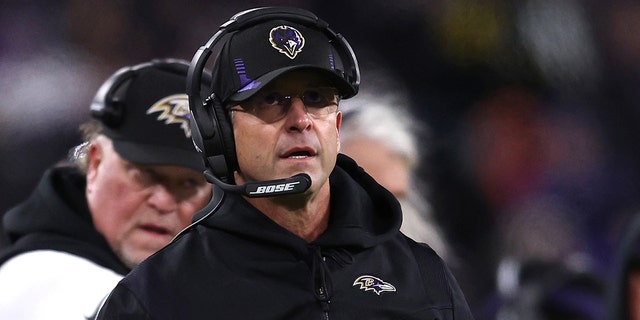The Blunder No One is Talking About
The analytics boogeyman is back for the third week in a row.
This time, it comes in the form of a 2-point conversion attempt to win the game. And another time, the Ravens fail to convert, leaving many humble radio talk show callers, message board members, and Twitter users by the name of @ravensbrad234737845 in a state of outrage. But while constructing this strawman, no one has even bothered to ask a simple question…
Do win probability models even suggest that they go for 2 in that situation?
The answer, despite all your neighbor’s complaints about Harbaugh and those darn analytics, is that it’s a toss-up, leaning more toward kicking the extra point.
The error was not going for 2 down 8.
On the final decision, we had breakeven % at 51%, which means very slight lean toward PAT but can really go either way. Close enough that factors like injuries are worth considering.
Harbaugh did make a mistake. But it was on prior TD.
— Seth Walder (@SethWalder) December 20, 2021
However, they do suggest that they should have gone for two at a different point in the game.
The Ravens scored a TD to put themselves down by 8 (31-23) with 4:54 on the clock and the XP/2PC attempt looming. This decision is widely accepted by win probability models to be a no-brainer decision. They should have gone for 2.
- If they make the 2, they can kick the XP on the next touchdown to win it.
- If they miss, they go for two again to tie at the end.
Here is the difference in win probability, according to ESPN’s model.
On Ravens failing to go for 2:
Needed a 36% chance of conversion to justify going for it. A no-brainer.
WP go for 2: 10.5%
WP kick: 9.3%— Seth Walder (@SethWalder) December 20, 2021
Kevin Cole of PFF developed this easy-to-digest chart to show how this decision works.
Seems like a good time to send out my explainer on going for 2 down 8 after a TD https://t.co/JsdzJumHdq pic.twitter.com/OJCexPNKYA
— Kevin Cole (@KevinColePFF) November 11, 2019
If you assume that you score those two touchdowns, you give yourself a 12.5% relative edge over going for 2 the second time, assuming a 50% 2PC success rate (NFL average) and a 100% XP success rate (adjusted for Tucker).
In fact, John Harbaugh is aware of this, and even “passed the down-8 test” in 2019. In the 4th quarter against the Browns at home in 2019, the Ravens scored a TD to make it a 24-16 game with 9:51 remaining. They go for 2 and convert to make it a 24-18 game. But Nick Chubb ruins their hopes with an 88-yard touchdown run on the very first play of the ensuing drive. Still, the decision to go for 2 was sound and in line with what win probability models would suggest he do.
By waiting until the final touchdown of the game to make the two-point decision, your only recourse for a failed attempt is an onside kick. It is fair to note that if you had tried and failed both two-point attempts, the possibility of an onside kick remains, with the same probability of winning with a recovery and field goal (down by 1 vs down by 2).
So why didn’t Harbaugh go for it earlier instead of later?
According to Harbaugh, his decisions are based on “mostly gut” over analytics. Via Jamison Hensley at ESPN:
“The numbers are the numbers, but the numbers aren’t perfect,” Harbaugh said. “I can tell you this; I’ve shot a lot of holes in the numbers with the numbers guys. They don’t take everything into account, so you just make a decision. The numbers are part of it, but the numbers aren’t the main decision.”
And if you want confirmation that this isn’t just “coach speak,” look no further than the numbers laid out above.

[Related Article: Good, Bad & Ugly of Ravens 31-31 Loss to Green Bay]










